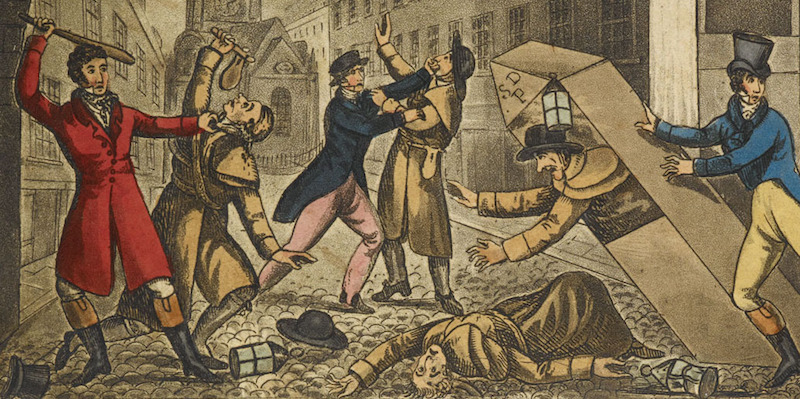Sin and Scandal in Victorian England: The Crimes of the Clergy
techinlife.info – The Victorian era, spanning the reign of Queen Victoria from 1837 to 1901, is often romanticized as a period of moral rectitude and social propriety. However, beneath this veneer of respectability lay a darker underbelly, particularly within the ranks of the clergy. The crimes and scandals involving the clergy during this time not only shocked contemporary society but also challenged the moral authority of the Church. This article delves into the sin and scandal that rocked the religious establishment in Victorian England, shedding light on a complex and often overlooked aspect of the period.
The Ideal of the Victorian Clergyman
In Victorian England, the clergyman was expected to embody the highest moral and ethical standards. As spiritual leaders, they were seen as the moral compass of their communities, guiding parishioners towards righteousness and upholding the values of the Church of England. The ideal clergyman was a paragon of virtue, a model of piety, and a beacon of hope for the faithful.
The Reality of Clerical Crime
Despite these lofty ideals, the reality was far from perfect. The clergy, like any other group, was not immune to the temptations and failings of human nature. Scandals involving clergymen ranged from financial impropriety and embezzlement to adultery and other moral lapses. Some of the most shocking cases involved criminal behavior, including theft, fraud, and even murder.
One of the most notorious cases was that of Henry Vincent White, a curate who was convicted of forgery in 1852. White had forged documents to secure loans, which he then used to fund a lavish lifestyle. His trial and conviction sent shockwaves through the Church and society, highlighting the gap between the ideal and the reality of clerical behavior.
The Impact of Clerical Scandals
The crimes and scandals involving the clergy had a profound impact on Victorian society. For many, these incidents shattered the illusion of clerical infallibility and raised questions about the moral authority of the Church. Critics argued that if the clergy could not adhere to the standards they preached, how could they expect the laity to do so?
However, the Church and its defenders responded by emphasizing the exceptional nature of these cases. They argued that the vast majority of clergymen were dedicated and upright individuals who served their communities with honor and integrity. The focus on scandals, they claimed, was disproportionate and unfair, tarnishing the reputation of the many for the sins of the few.
Conclusion
The crimes of the clergy in Victorian England reveal a complex interplay between idealized expectations and human reality. While the scandals of the period undoubtedly tarnished the reputation of the Church, they also sparked important conversations about morality, accountability, and the human condition. The Victorian era, with all its contradictions, reminds us that the pursuit of moral perfection is a noble but elusive goal, and that the capacity for both good and evil resides within us all.

